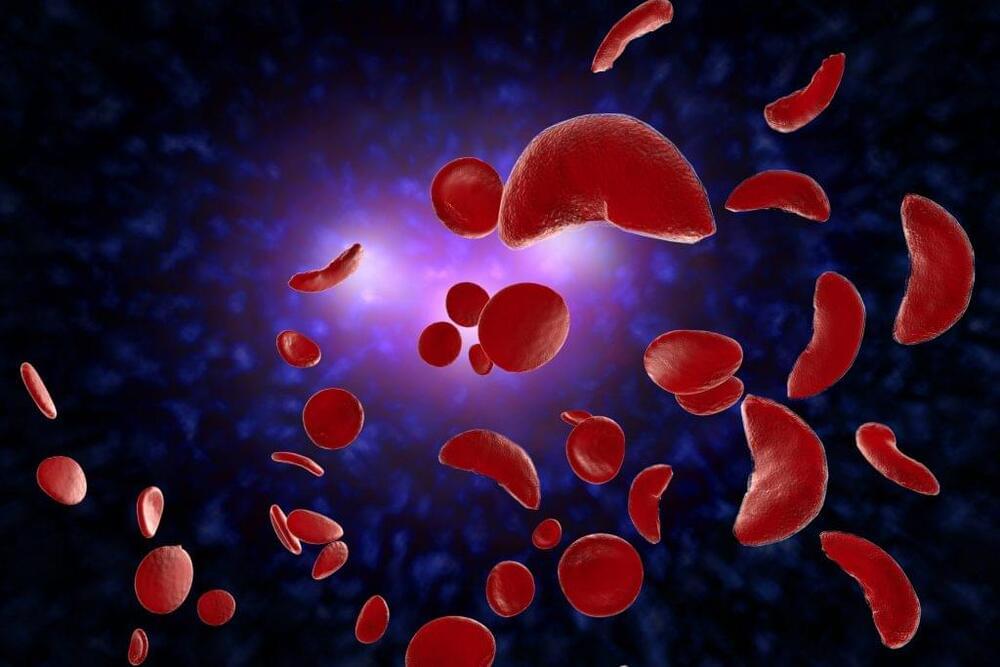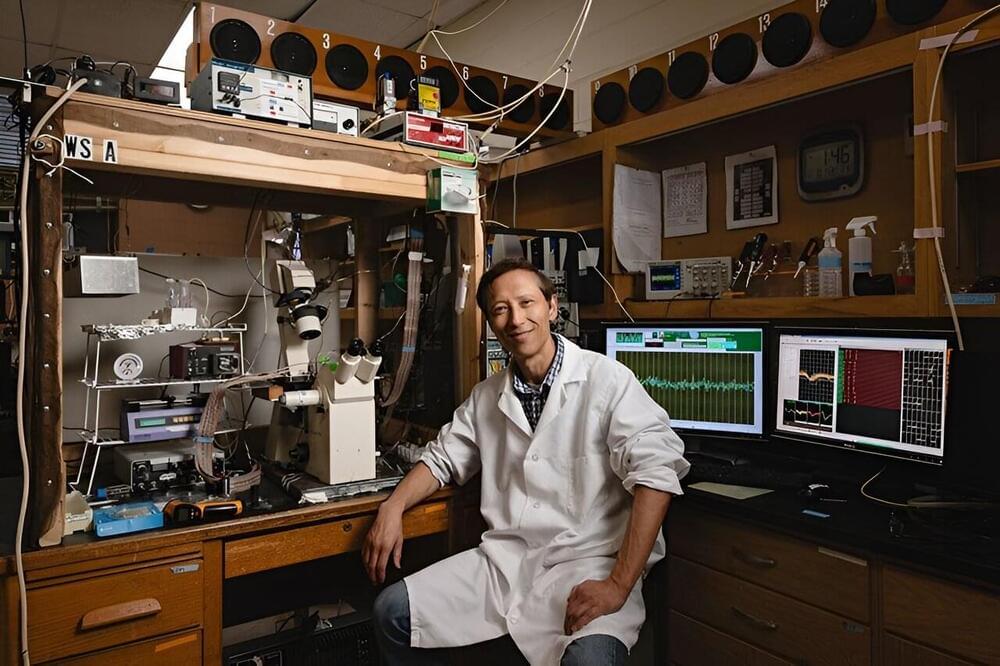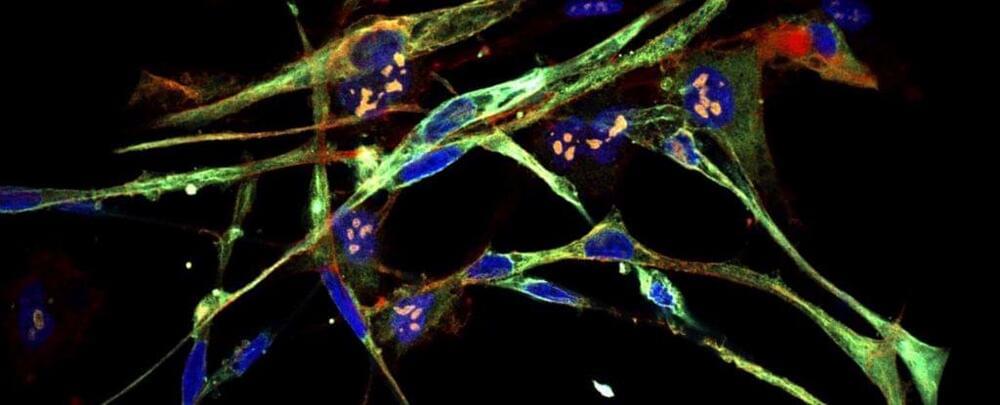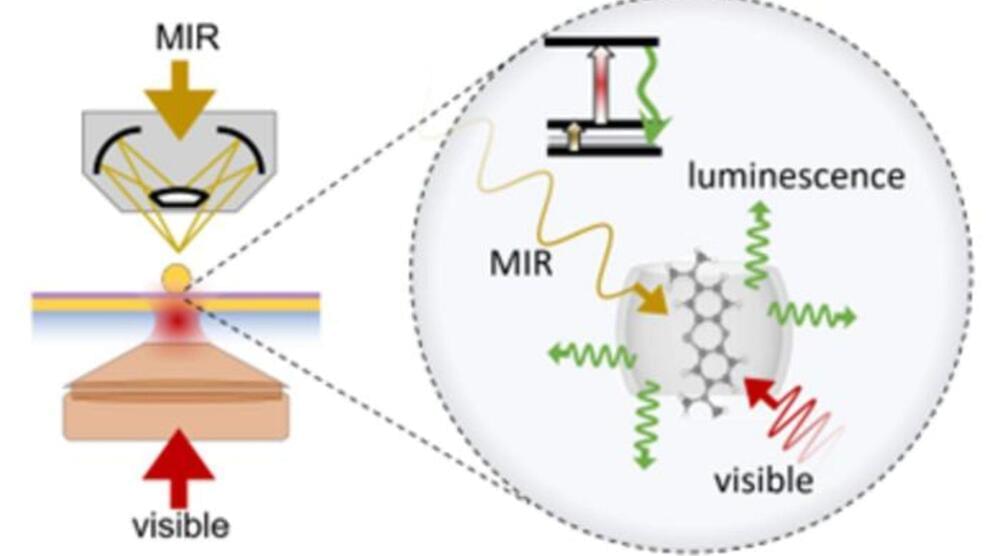Aug 29, 2023
Base Editing Beats Other Genome Editing Strategies for Treating Sickle Cell Disease
Posted by Omuterema Akhahenda in categories: bioengineering, biotech/medical, genetics
The findings suggest that adenosine base editing raised the expression of fetal hemoglobin to higher, more stable, and more uniform levels than other genome editing technologies that use CRISPR/Cas9 nuclease in human hematopoietic stem cells.
“Ultimately, we showed that not all genetic approaches are equal,” said Jonathan Yen, PhD, genome engineering group director at St. Jude Children’s Research Hospital. “Base editors may be able to create more potent and precise edits than other technologies. But we must do more safety testing and optimization.”
SCD and beta-thalassemia are blood disorders caused by mutations in the gene encoding hemoglobin affecting millions of people. Restoring gene expression of an alternative hemoglobin subunit active in a developing fetus has previously shown therapeutic benefit in SCD and beta-thalassemia patients. The researchers wanted to find and optimize genomic technology to edit the fetal hemoglobin gene.









 1 Department of Biotechnology, School of Science, GITAM (Deemed to be University), Visakhapatnam, Andhra Pradesh, 530,045, India; 2 Department of Cell and Developmental Biology, University of Illinois at Urbana-Champaign, Urbana, IL, 61,801, USA
1 Department of Biotechnology, School of Science, GITAM (Deemed to be University), Visakhapatnam, Andhra Pradesh, 530,045, India; 2 Department of Cell and Developmental Biology, University of Illinois at Urbana-Champaign, Urbana, IL, 61,801, USA






